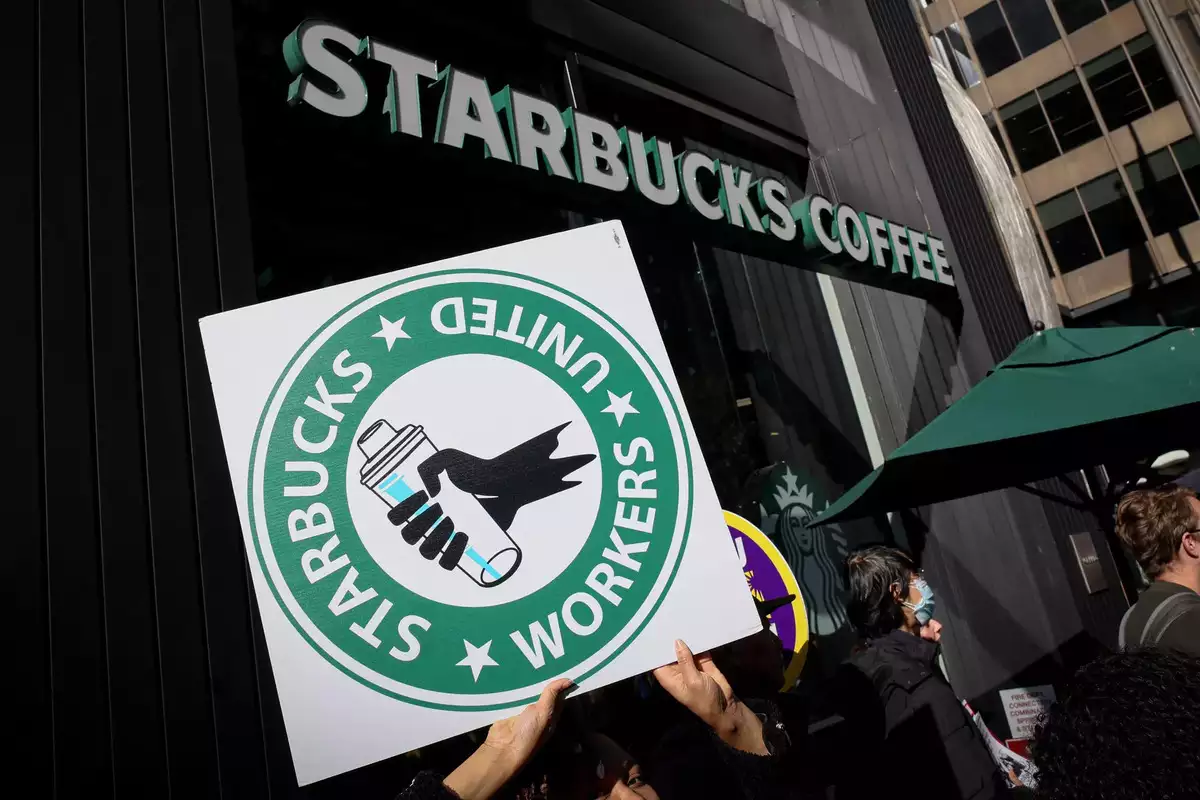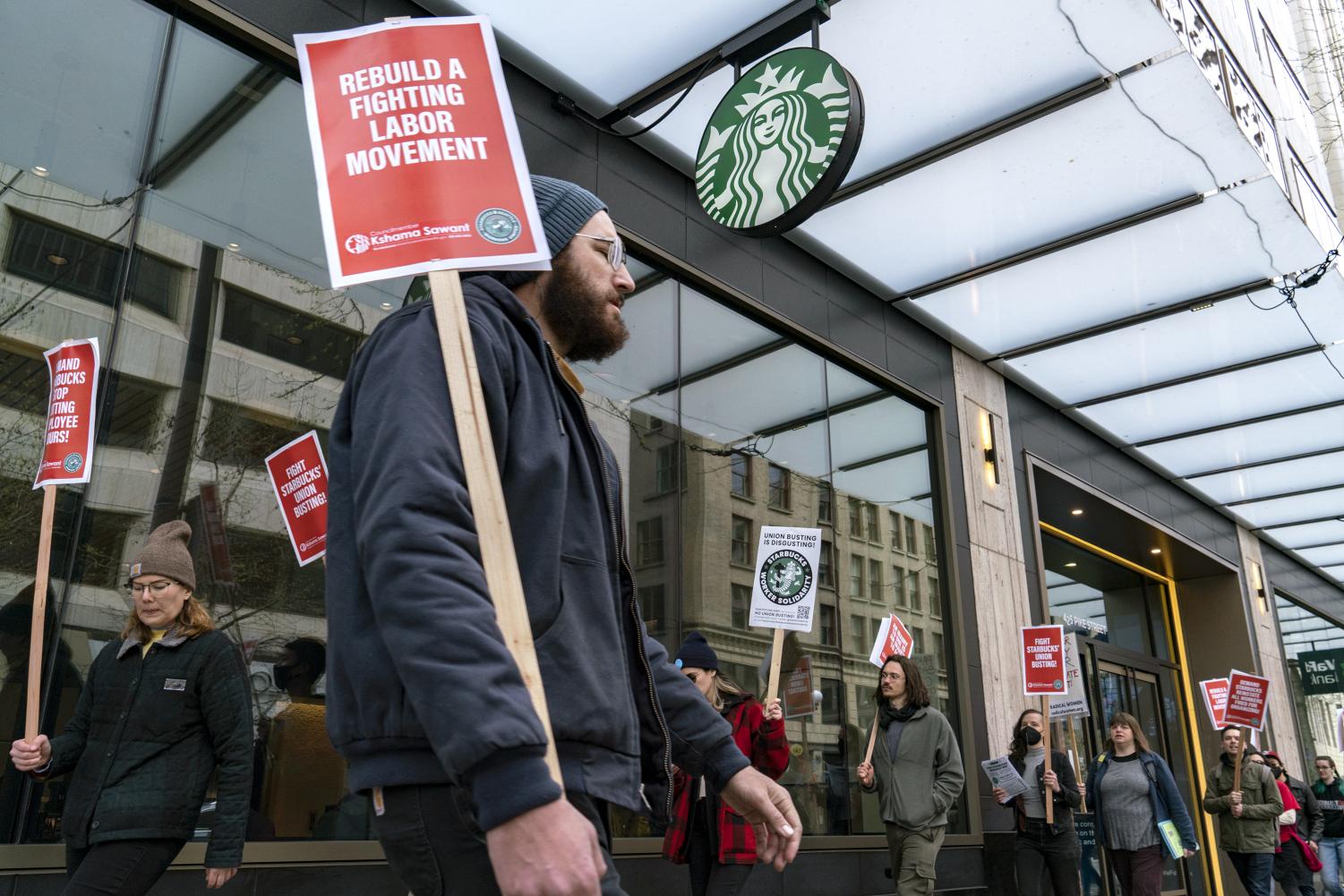Starbucks, the world-renowned coffee chain, is gearing up for a crucial round of union negotiations, armed with fresh insights and strategies articulated by none other than its CEO, Laxman Narasimhan. This pivotal moment comes as the company grapples with a dip in sales and operational hurdles, marking a critical juncture in its corporate narrative.
In a recent earnings call, Starbucks disclosed a concerning downturn in its quarterly performance. U.S. same-store sales declined by 3%, and overall customer traffic diminished by 7%, prompting the company to recalibrate its forecast for 2024. The spotlight during these discussions was not just on the financial figures but also on the implications these have for the staff at ground zero. CEO Narasimhan did not shy away from acknowledging the challenges, emphasizing a strategic pivot towards enhancing store functionality and customer experience.

“The essence of our strategy is to address the needs of our partners directly. By upgrading our equipment, refining our processes, and optimizing our staffing models, we aim to foster a more engaging and efficient workplace,” Narasimhan shared in a statement that echoed his commitment to improvement.
Starbucks’ CEO Acknowledges Internal Challenges
During his communication with analysts and a notable appearance on CNBC’s “Squawk on the Street,” Narasimhan admitted that although there has been a quarter-over-quarter improvement in service speed, much remains to be done. His candid acknowledgment of the need for continuous enhancement resonated with the union representatives, hinting at a potentially more conciliatory approach in the upcoming negotiations.

“Hearing our CEO acknowledge the staffing challenges and commit to addressing them is not just reassuring, it’s empowering. It’s a recognition of our voices and the realities we face on the floor every day,” Michelle Eisen, a veteran Starbucks employee and a prominent figure within Workers United, commented ahead of the bargaining sessions.
A Closer Look at the Union’s Perspective and Demands
The union, bolstered by a history of progressive advocacy, is approaching the negotiation table with a list of well-defined priorities. Top among these is the need for better scheduling and staffing practices, areas where the union claims there has been a marked deficiency. “Our partners are often found working under-staffed, leading to not just a drop in morale, but also a compromised customer service,” Eisen added.
In response, Starbucks has rolled out an advanced staffing model, aiming to harmonize the allocation of hours with real-time operational demands and upcoming marketing initiatives. The company asserts that this model has already started to yield positive results in terms of employee retention and overall job satisfaction.

Future Enhancements and Operational Overhaul
Looking ahead, Starbucks is not just focusing on internal policy changes but is also set to introduce significant operational upgrades. July will see the rollout of the Siren System across 1,000 stores—a suite of new equipment designed to streamline service and reduce wait times. “Improving our equipment is just one part of our multi-faceted approach to enhance the Starbucks experience for both our partners and customers,” explained Narasimhan.
Moreover, the company plans to open its mobile order and pay app to non-rewards members, a move aimed at recapturing its occasional customer base through targeted promotions and new product introductions.

Former CEO Weighs In on the Need for Change
Adding a layer of historical perspective, former CEO Howard Schultz recently voiced his thoughts on the ongoing challenges. In a reflective LinkedIn post, Schultz emphasized the need for a more hands-on understanding of operational issues by the management.
“True insight into our operations will come not from data alone, but from real, on-the-ground engagement,”
he stated.
As Starbucks navigates these tumultuous times, the blend of strategic foresight from its leadership and the relentless advocacy of its unionized workforce could very well dictate the pace and direction of its recovery and growth. With the union negotiations set to resume, all eyes are on how these discussions will unfold, shaping the future of the company and its thousands of dedicated partners.










